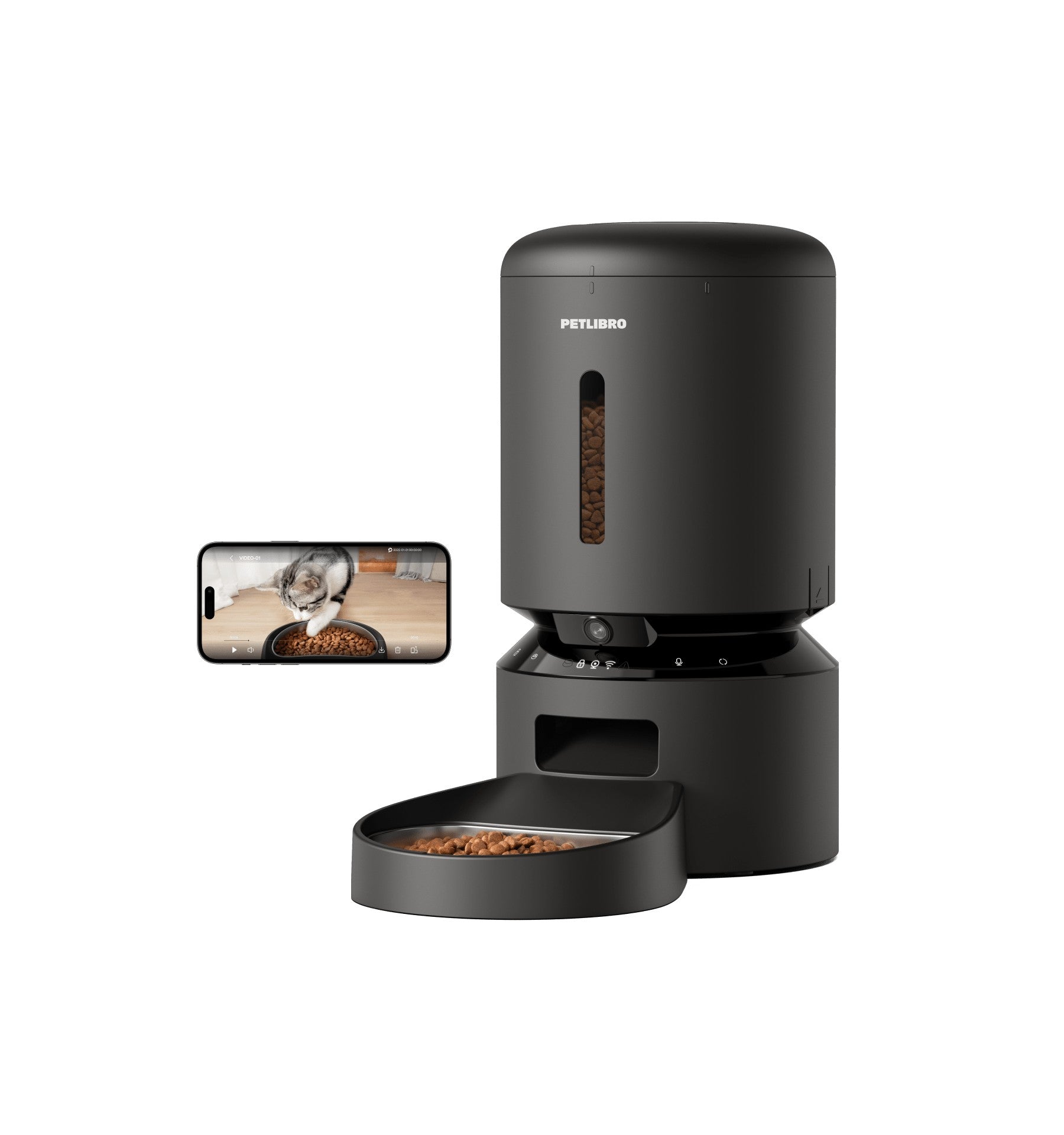Check out before these deals are gone!













































By subscribing, you agree to receive email marketing from Petlibro. Privacy Policy | Terms of Service


*Voucher is non-refundable and only one can be used per order, starting 11/13.


By subscribing, you agree to receive email marketing from Petlibro. Privacy Policy | Terms of Service


Code is valid for 72 hours and can be used for one order only. Code can’t be combined with other codes.
Discounts cannot be used toward new product launches.


Open to legal U.S. residents, 18 years or older. Void where prohibited. Giveaway begins on 08/26/2025 and ends on 09/15/2025 at midnight PST. Three winners will each receive a limited-edition Petlibro PR Kit, which includes the Scout Smart Camera and select branded merch. Winners will be chosen at random and notified via Instagram or email (depending on entry format) by 09/30/2025. If a winner does not respond within 48 hours, another may be selected. Odds of winning depend on the total number of eligible entries received. Only one email entry per person will be counted, though additional entries may be submitted through the bonus methods described above. Petlibro is not liable for any issues that arise from participation or use of the prize. Personal information will be collected and handled in accordance with our Privacy Policy.




Open to legal U.S. residents, 18 years or older. Void where prohibited. Giveaway begins on 08/26/2025 and ends on 09/15/2025 at midnight PST. Three winners will each receive a limited-edition Petlibro PR Kit, which includes the Scout Smart Camera and select branded merch. Winners will be chosen at random and notified via Instagram or email (depending on entry format) by 09/30/2025. If a winner does not respond within 48 hours, another may be selected. Odds of winning depend on the total number of eligible entries received. Only one email entry per person will be counted, though additional entries may be submitted through the bonus methods described above. Petlibro is not liable for any issues that arise from participation or use of the prize. Personal information will be collected and handled in accordance with our Privacy Policy.


Owning a cat that responds to its name can bring immense joy to any pet owner. Despite their independent nature, cats are capable of learning and recognizing words, including their own names. In this article, we'll delve into various techniques and strategies to help your feline friend understand and respond to the name you've chosen for them.
Before we dive into specific training methods, it's crucial to grasp the nature of cats and how they perceive the world around them. Cats are intelligent animals with a strong sense of individuality. They are observant and responsive to stimuli in their environment, including sounds and vocal cues. However, unlike dogs, cats may not instinctively seek to please their owners, which makes the training process a bit different.

The initial step in teaching your cat to recognize its name is selecting a suitable name. Keep in mind that cats are more likely to respond to names that are short, clear, and distinct. Avoid names that sound similar to common commands or everyday words to prevent confusion. Once you've settled on a name, use it consistently to help your cat associate the sound with its identity.
To encourage your cat to respond to its name, it's important to create positive associations with the name. Whenever you call out your cat's name, follow it up with something pleasant, such as offering your cat its favorite treat, petting them affectionately, or engaging in playtime. By combining your cat's name with a pleasurable experience, your cat will begin to form a positive association between the sound and the reward.
Repetition is key when it comes to teaching your cat its name. Regularly use your cat's name in various contexts, such as during feeding, play, or when calling your cat to come to you. Consistency is crucial in reinforcing the association between the name and positive outcomes. Over time, your cat will start to recognize and respond to its name as a result of this consistent reinforcement.

Clicker training is a popular method used to teach cats and other animals new behaviors. By associating the sound of a clicker with rewards, you can effectively communicate to your cat when it has performed the desired action. In the case of name recognition, you can use a clicker to mark the moment your cat looks at you after hearing its name, followed by a reward. This technique helps to pinpoint the exact behavior you wish to encourage.
Approach the training process with patience and understanding. Cats have their own unique personalities and may require varying amounts of time to learn and respond to their names. Avoid using harsh tones or punishment if your cat doesn't immediately grasp the concept. Instead, be patient and continue to reinforce the association between the name and positive experiences.
Teaching your cat to recognize its name is a rewarding endeavor that strengthens the bond between you and your pet. By following the tips above, you can help your feline companion meowing with delight every time you call their name. Remember to be patient and understanding throughout the process, and celebrate each small milestone as your cat learns to recognize its own unique identity.
Interested in a smart pet product to assist with the name recognition process? The PETLIBRO GRANARY Smart Feeder would be a great help with the personalized Meal Call feature, which allows you to record a voice message in the app that plays every mealtime before food is dispensed. This means every mealtime will be accompanied by the sound of your sweet voice, helping your cat recognize its name quickly and positively.